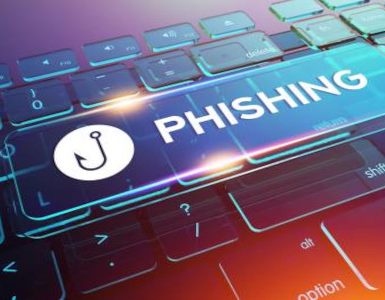Scrolling through my Instagram late one night, I came across a post from one of my favorite artists, Markus Prime. Markus Prime has been an artist for over a decade now, producing highly viral memes and art on multiple social media platforms such as Tumblr and Instagram. If you are a fan of contemporary, afro-centric art, chances are you are also a fan of Markus Prime. This one post, in particular, was not another dope art piece, but an opportunity to buy an NFT. This led me down a rabbit hole of articles and forums on just what the heck is an NFT?!
NFTs In A Nutshell
NFT, short for non-fungible tokens, are digital assets represented by a code powered by crypto blockchains. Unlike fungible tokens which are mutually interchangeable, non-fungible tokens are unique. For example, if you have 5 $1 bills you can exchange them for a single $5 bill. However, non-fungible tokens can be worth anything due to their unique quality. These assets are pretty much anything digital; art, videos, tweets, etc. Much like other blockchain assets, users can buy and sell these NFTs on an online marketplace using the currency of the blockchain. But NFTs are not a new phenomena. The surge started 4 years ago with some digital cats.
In 2017, Cryptokitties launched on the Ethereum blockchain. This was an online game where users can buy, raise and sell digital cats. A unique piece of code represented each cat. It was so popular that it slowed the entire network. However, this was nowhere near the popularity NFTs are seeing today. With an ever-growing focus on cryptocurrency, the pandemic moving everything we do to the Internet, and young people looking for new ways to generate wealth, NFTs have become a multi-million dollar market.
Many critics believe that NFTs are a waste of money but the numbers tell a different story. In the month of March alone, buyers have spent more than $200 million on NFTs, according to NonFungible.com. This is a major upswing compared to the $250 million generated by NFTs in 2020. But how does the same technology that allowed users to buy digital cats, create a platform where GIFs and JPGs sell for millions of dollars?
A New Age Market Place For An Age-Old Market
We have seen everything in our world become reflected in the digital space. Shopping for clothes, ordering food, watching a new movie release, and other activities have become accessible with any device connected to WiFi. The Internet also served as a platform for artists to have opportunities to gain exposure for their work. Instead of waiting for a physical gallery to accept your work, you can create your own online gallery.
Many artists have generated massive followings for posting their work to platforms such as Behance, Instagram, and Dribble. Their digital posts hopefully lead to opportunities that will generate real income. However, this model of living is hardly sustainable in an environment where one needs a large following before any money comes in. Artists will provide quality content for substantial periods of time for free on their online profiles in the hopes that someone will pay them. Work posted on their platforms can be shared and reposted for the enjoyment of their following, but the financial status of the artist remains unchanged. NFTs serve to curb this issue.
Buyers bid amounts of cryptocurrency to acquire a digital asset from the creator. Selling an NFT art piece is akin to selling a painting at an auction. Imagine if you could acquire an original Matisse or Picasso signed by the artist. That is essentially what you are buying when purchasing an NFT. Collectors will have ownership of an authorized copy of the work from the original artist. Like a real painting, the buyer can later sell the copy for a profit should it appreciate in value. The original artist can set limits on copyright ownership, get a percentage whenever an NFT is resold, and other contractual information.
Okay, but what’s the catch?
NFTs sound cool. Artists can now be compensated for their digital work. Fans will have authenticated copies of this digital work which can also make them money. In theory, this sounds like a win-win ecosystem. But unfortunately, reality tends not to agree with theory. Since NFTs are digital, there is little stopping someone from stealing an artist’s work and selling it. Art theft is already a massive problem in the art world. However, due to the anonymity of cryptos, it is hard to find the culprit. Due to the relatively new realm of NFTs, legally protecting artists from theft is still murky waters.
In addition to fear of theft, NFTs bear a major environmental impact. Blockchains are powered by mining rigs that use electricity to generate billions of lines of code. Most NFTs operate on the Ethereum blockchain. According to the Ethereum Energy Consumption Index, Ethereum annually consumes about 31.7 terawatt-hours of electricity. To put this into perspective, this is about the same electrical output as Nigeria. Every day, a single transaction in the blockchain generates about 32.36 kg of CO2. This is equivalent to watching 5,393 hours of Youtube. Ethereum and other blockchains are working to create a more environmentally conscious network. But the fear is what will happen in the meantime until these new networks are functional.
Good or Bad, It Sure Is Exciting!
An NFT of the famous Nyan Cat selling for $9 million will definitely raise some eyebrows. Is this the new age of fine art? Or are NFTs just the speculative bubble that many analysts claim? How do the environmental risks stack up against the livelihood of young and upcoming artists? I believe that the plain answer is that we will just have to wait and see. And I’m sure it will be one heck of a show.
If you are an artist and would like to learn more about creating your own NFT, click here.


















Add comment